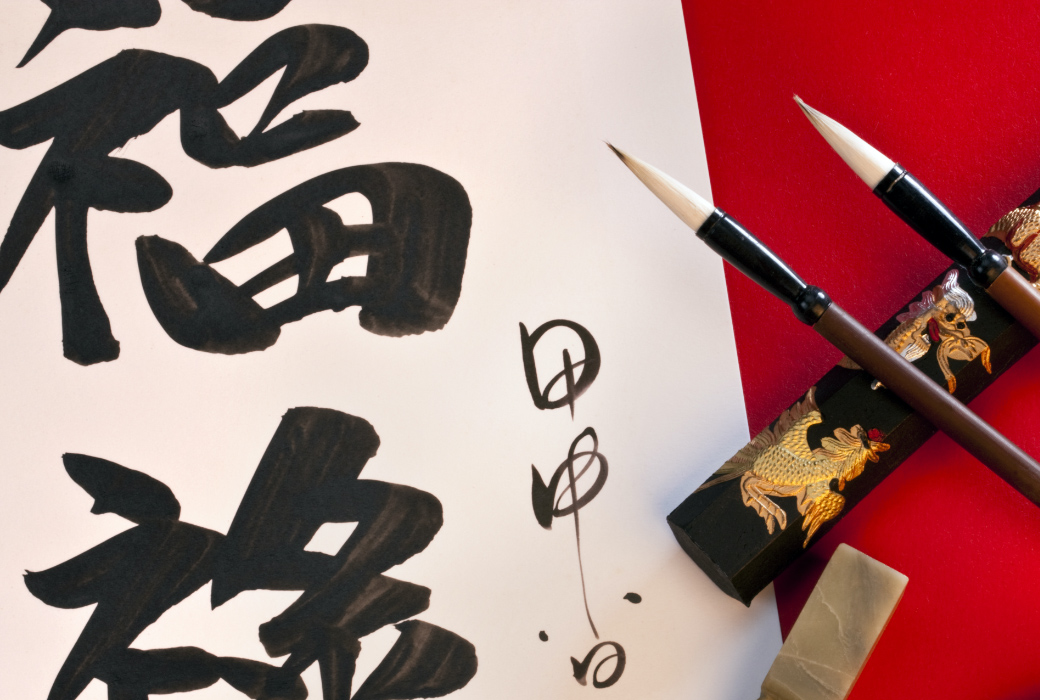SIMPLIFIED CHINESE VS TRADITIONAL CHINESE
The difference regards the characters (mainly simplified strokes), and leads to graphic and phonetic simplifications.
The Simplified Chinese has been imposed in 1950-52 by the Chinese Communist Party after taking power in 1949. The new government started a big push to increase literacy. The complex traditional writing was simplified, using fewer strokes for complex characters. Some characters were replaced altogether in order to motivate more people to learn how to write. While Simplified Chinese took over mainland China, Taiwan and Hong Kong stayed with Traditional Chinese, which people have been using for thousands of years.
The market comprised of Chinese-speaking people is obviously massive; over 1.4 billion can be found in mainland China alone. You should also consider Hong Kong 8 million, Taiwan 24 million, Singapore 6 million, and Macau 0.6 million. And there are large Chinese-speaking communities all around Southeast Asia.
MANDARIN VS CANTONESE
Firstly it is important to understand what these terms refer to. Mandarin (usually: Simplified) and Cantonese (usually: Traditional) are the two most common verbal Chinese dialects. But when it comes to writing, you need to distinguish between Simplified and Traditional Chinese instead. The table below solves the riddle: In mainland China and Singapore, Mandarin is the spoken language and people resort to Simplified Chinese. In Hong Kong, Cantonese is the predominant dialect and people write in Traditional Chinese. The exception is Taiwan: people speak Mandarin and write in Traditional Chinese.
| Country | Written | Spoken | |
| China | Simplified | Mandarin | Normal |
| Hong Kong | Traditional | Cantonese | Normal |
| Taiwan | Traditional | Mandarin | Exception |
| Macau | Traditional | Cantonese | Normal |
| Singapore | Simplified | Mandarin | Normal |
| Overseas | Traditional | Mandarin | Exception |

EVOLUTION OF THE SIMPLIFIED CHINESE
Simplified Chinese has evolved over time. For instance, in 2013 the Chinese government released an official List of Commonly Used Standardized Characters. This list contained 45 newly recognized standard characters and 226 characters simplified by analogy, most of which already were widely used.
At the beginning, the differences between the two writing methods only had to do with stroke types. But over time, new words and concepts were added to Simplified Chinese, widening the gap to the traditional way of writing. And because the People’s Republic of China and Taiwan added political distance to them being geographically apart, variations in style and vocabulary have formed as well, similar to those between British and US English.
That explains why in most cases, adapting from Simplified Chinese into Traditional Chinese or vice versa is not as easy a task as it might seem. It needs a well-versed copywriter or translator to pick up on certain unique terms and ways of saying things and correct all the potential mistakes a character-for-character translation will cause. Even if you have a document with Traditional characters perfectly converted from Simplified ones, a native speaker from Taiwan or Hong Kong will likely be able to tell the document was just converted and not properly localized.




